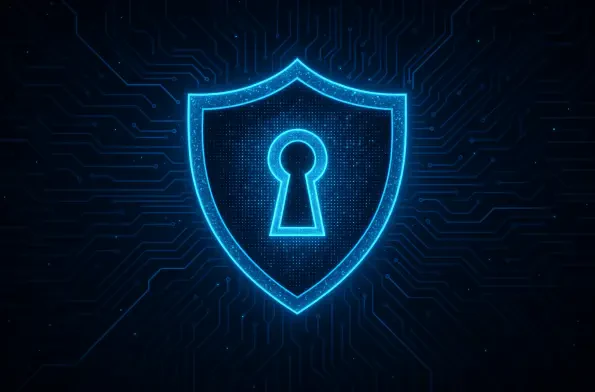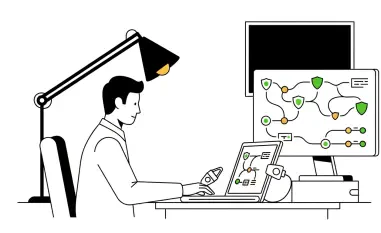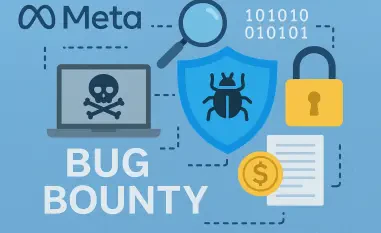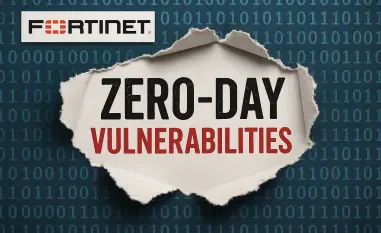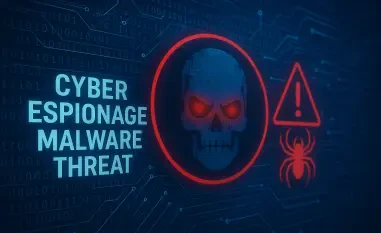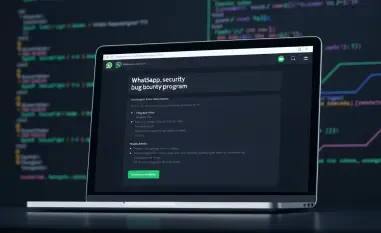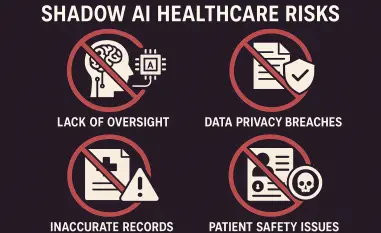In the fast-paced world of enterprise software, Sitecore Experience Platform (XP) has emerged as a prominent player, offering sophisticated tools for content management and digital marketing. As businesses across various sectors increasingly rely on digital solutions, the security of such platforms becomes paramount. Recently, several vulnerabilities in Sitecore XP have come to light, shedding a stark perspective on the challenges of securing enterprise-level applications.
Exploring Sitecore XP’s Security Flaws
One of the primary concerns revolves around the use of hard-coded credentials embedded within Sitecore XP. Such credentials, especially when set to simplistic values, pose a significant risk as they can be easily exploited by attackers. In this context, Sitecore’s default credential of a single-character password for a specific account underscores a glaring oversight. This vulnerability facilitates unauthorized access, granting potential attackers a pathway to deeply infiltrate a system, which could culminate in remote code execution (RCE).
In another scenario, the path traversal vulnerability within Sitecore XP leads to remote code execution, which is an even more critical risk for enterprises. Path traversal exploits allow malicious actors to access directories and execute commands outside the intended structure. This flaw exposes companies to unauthorized access and potential data breaches, challenging the integrity and confidentiality of crucial business data. The implications of this vulnerability are extensive, potentially affecting the core operations of an enterprise.
Another significant concern arises from the Sitecore PowerShell Extension, where an unrestricted file upload vulnerability can be leveraged to execute remote code. This vulnerability stems from the fact that attackers could potentially upload malicious files to the system, increasing the risk of RCE. Allowing unauthorized file uploads creates multiple entry points for cyber threats, underlining the necessity for stringent security measures and continuous monitoring.
Sitecore’s Response and Security Measures
In light of these vulnerabilities, Sitecore has taken proactive steps to address security concerns, collaborating with cybersecurity experts to identify and mitigate risks. Recent updates and patches have been rolled out to rectify these issues, particularly targeting the aforementioned vulnerabilities. These updates mark a significant shift in Sitecore’s approach to strengthening its security architecture and safeguarding user deployments.
The company’s responsiveness to earlier security challenges has also been commendable, showcasing their commitment to improving Sitecore XP’s security framework. By engaging with the cybersecurity community, Sitecore has aimed to fortify its defense mechanisms, ensuring robust protection against evolving cyber threats. This collaborative approach highlights the importance of partnership in the ever-changing cybersecurity landscape.
Impact and Broader Implications
Sitecore XP’s vulnerabilities have resonated across industries, particularly affecting those heavily reliant on digital infrastructure, such as finance, aviation, and global enterprises. Several incidents have been reported where these vulnerabilities were exploited, emphasizing the real-world impact of these security flaws. Notable breaches have served as stark reminders of the critical need for rigorous security protocols within enterprise applications, stressing the sector’s dependency on these digital solutions.
The challenges posed by Sitecore’s vulnerabilities also raise concerns about broader regulatory and compliance issues. Enterprises are often bound by strict data protection standards and regulations, which necessitate continuous monitoring and prompt response to security incidents. Navigating these compliance landscapes while addressing emerging security threats remains a substantial challenge for organizations.
Moving Forward with Enhanced Security
Going forward, Sitecore’s security landscape will likely involve an emphasis on innovative security enhancements and technological advancements. The focus will be on refining security practices and introducing advanced protective measures to safeguard installations. Continued research and development efforts are expected to yield new strategies for fortifying the platform against potential threats.
As cybersecurity threats become increasingly sophisticated, the Sitecore community is expected to adopt a forward-thinking approach. Ongoing collaboration with security experts and the implementation of cutting-edge solutions will be crucial for maintaining a strong defense posture. Future efforts are anticipated to prioritize not just immediate fixes but also long-term security strategies.
In conclusion, addressing Sitecore XP’s vulnerabilities was integral to enhancing its security framework. Sitecore’s endeavors to fortify its platform underscored the evolving nature of cybersecurity in enterprise environments and the need for adaptive strategies. Proactive security measures remain essential for protecting users, emphasizing the importance of vigilance and innovation in maintaining secured enterprise ecosystems.
